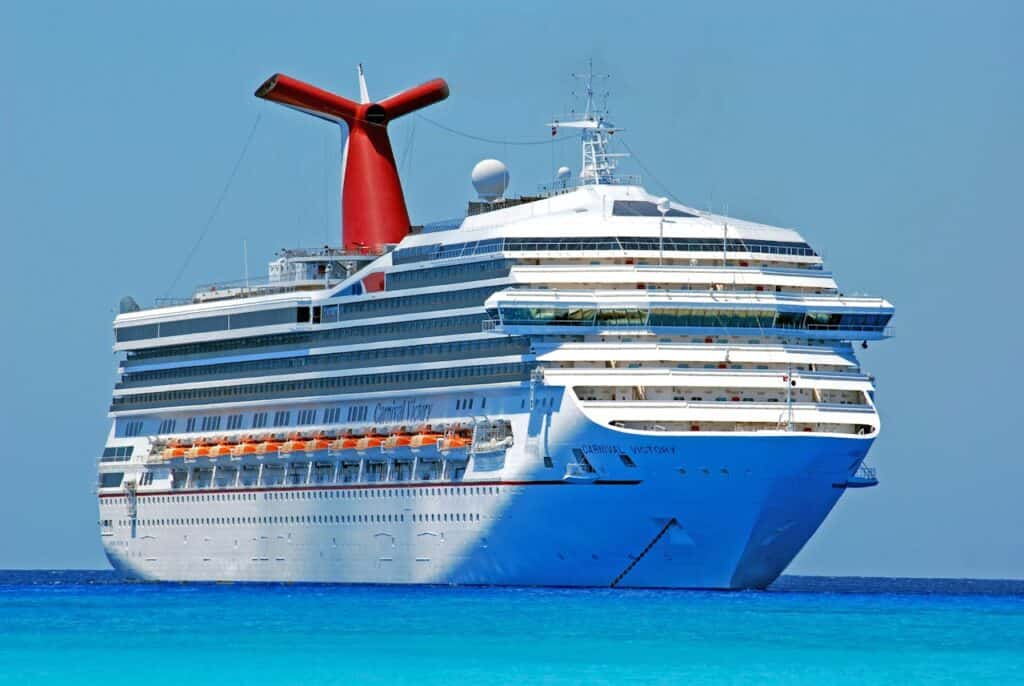We may earn money or products from the companies mentioned in this post. This means if you click on the link and purchase the item, I will receive a small commission at no extra cost to you ... you're just helping re-supply our family's travel fund.

For some retirees, the thought of unpacking once and waking up in a new port every morning sounds like a dream. No lawn to mow, no grocery runs, and an ocean view from every window. Cruise living has become the latest twist on retirement planning an option that blends travel, comfort, and community in one floating neighborhood.
But here’s the thing: life at sea isn’t exactly all-inclusive. Behind the sunset cocktails and onboard entertainment are real financial and lifestyle considerations. Some retirees manage it for less than life on land, while others discover hidden costs that add up fast.
Let’s break down what it actually costs to live full-time on a cruise ship, what kind of person this lifestyle suits, and whether the fantasy really matches the price tag.
The Real Costs of Living at Sea

Living aboard a ship long-term sounds extravagant, but the math surprises people. Depending on the cruise line, retirees can spend anywhere from $2,500 to $8,000 a month, which usually covers a cabin, meals, entertainment, and some medical care. But upgrades like balcony rooms, Wi-Fi, or alcohol packages can double that number.
Cabin Choices and Price Tiers
The size and location of your cabin make a huge difference. Interior rooms are cheapest, starting around $80–$120 per day, while ocean-view or balcony suites can exceed $250 per day. Some retirees start modestly and upgrade after realizing how much time they spend in their room.
Luxury cruise lines like Cunard or Regent charge premium prices but include amenities like laundry, Wi-Fi, and tips. Mainstream lines like Holland America or Princess offer lower rates but charge extra for those same conveniences. The right choice depends on how much comfort and flexibility you need.
Hidden Expenses Most Don’t Expect
Even “all-inclusive” ships have fine print. Medical care, travel insurance, specialty dining, and excursions are often extra. Laundry services can run $2–$4 per item, and Wi-Fi fees may reach $25 per day. If you enjoy spa treatments or premium drinks, costs can rise fast.
Some retirees offset this by booking back-to-back itineraries with loyalty discounts or by negotiating long-term contracts directly with cruise lines. Others pick ships with onboard credit incentives, which can stretch your budget considerably.
What Day-to-Day Life Really Looks Like

Once you’ve settled into a ship routine, daily life can be surprisingly structured or not at all, depending on your personality. There’s no yard work or traffic, but you trade that for scheduled meals, port rotations, and constant movement.
Social Life at Sea
Most retirees find the community aspect rewarding. Friendships form over trivia games, morning walks, and shared meals. You’ll often see the same passengers across multiple voyages, creating a small-town atmosphere.
That said, introverts might find it harder to carve out solitude. Cabins are small, and privacy is limited. Crew members change regularly, but fellow long-term passengers can become extended family, for better or worse.
Health and Practical Needs
Healthcare access depends heavily on the ship and itinerary. Cruise medical centers can handle minor issues, but serious conditions require evacuation often at your own expense. Some retirees choose ships with regular port calls near major hospitals or keep travel insurance that includes medical transport.
Exercise and diet also take discipline. With buffets available 24/7, healthy eating can slip. Many retirees build daily routines deck walks, yoga classes, or gym sessions to maintain balance.
Is It Really Cheaper Than Land Life?

Here’s where expectations meet reality. While some retirees claim they spend less than their former mortgage or assisted-living costs, that depends on where they lived and how they cruise. A basic cruise cabin might rival monthly rent in a U.S. city, but constant upgrades and extras push it well beyond that.
Those who plan carefully choosing longer itineraries, joining loyalty programs, and skipping pricey add-ons can make ship life cost-effective. Others treat it like a long vacation and find expenses balloon quickly.
Retiring on a cruise ship works best for people who value travel, minimalism, and flexibility more than permanence or routine. It’s less about luxury and more about lifestyle trade-offs.
A Floating Dream or a Pricey Fantasy?
Living full-time on a cruise ship can absolutely work for the right kind of retiree. It offers built-in community, adventure, and simplicity but at a price that demands planning and adaptability. It’s not about escaping life on land; it’s about redefining what “home” looks like.
If constant motion, compact living, and budgeting sound like a fair trade for sunsets at sea, then the dream might be closer than you think. But if stability and personal space matter more, you’re probably better off visiting the ship rather than moving aboard.